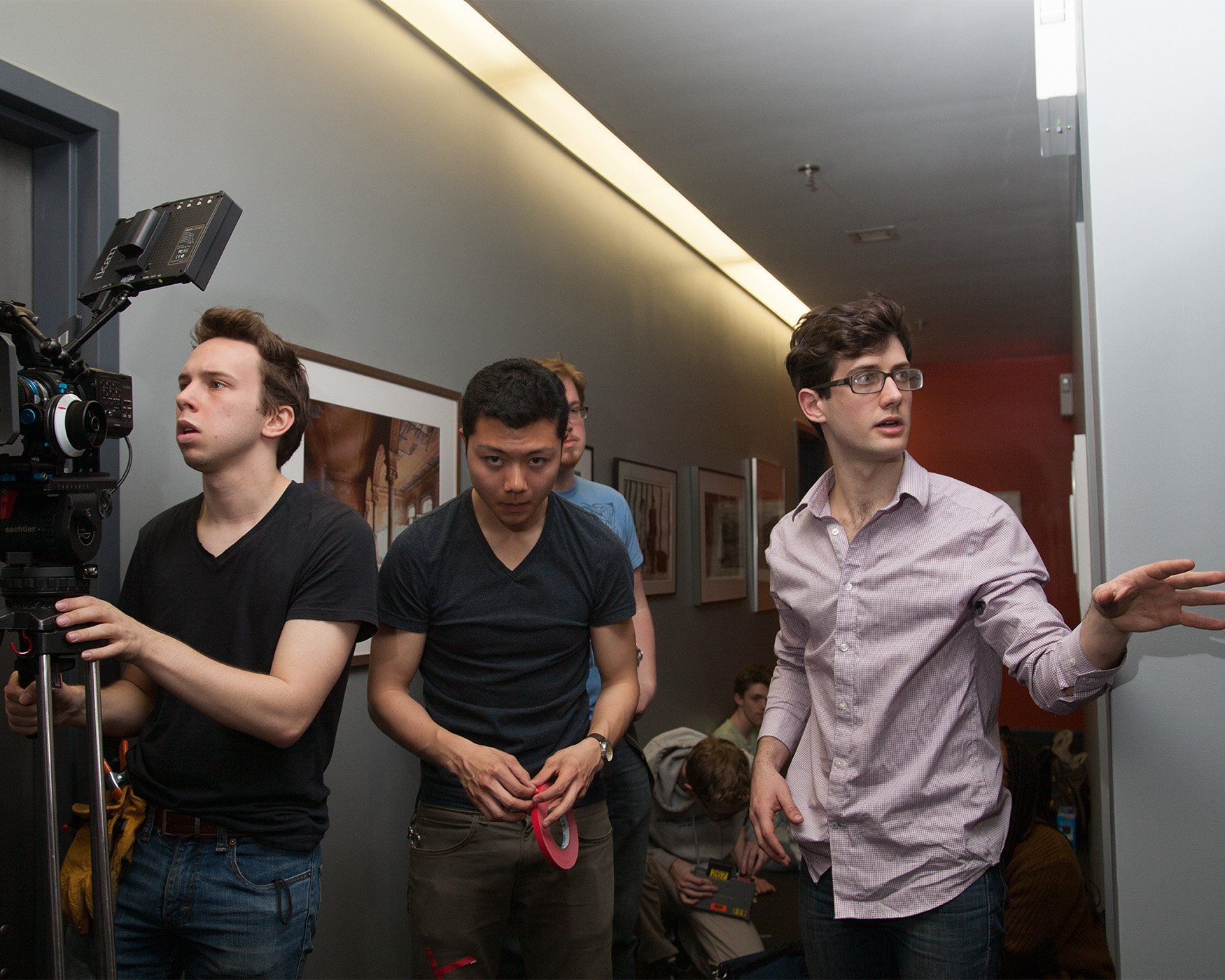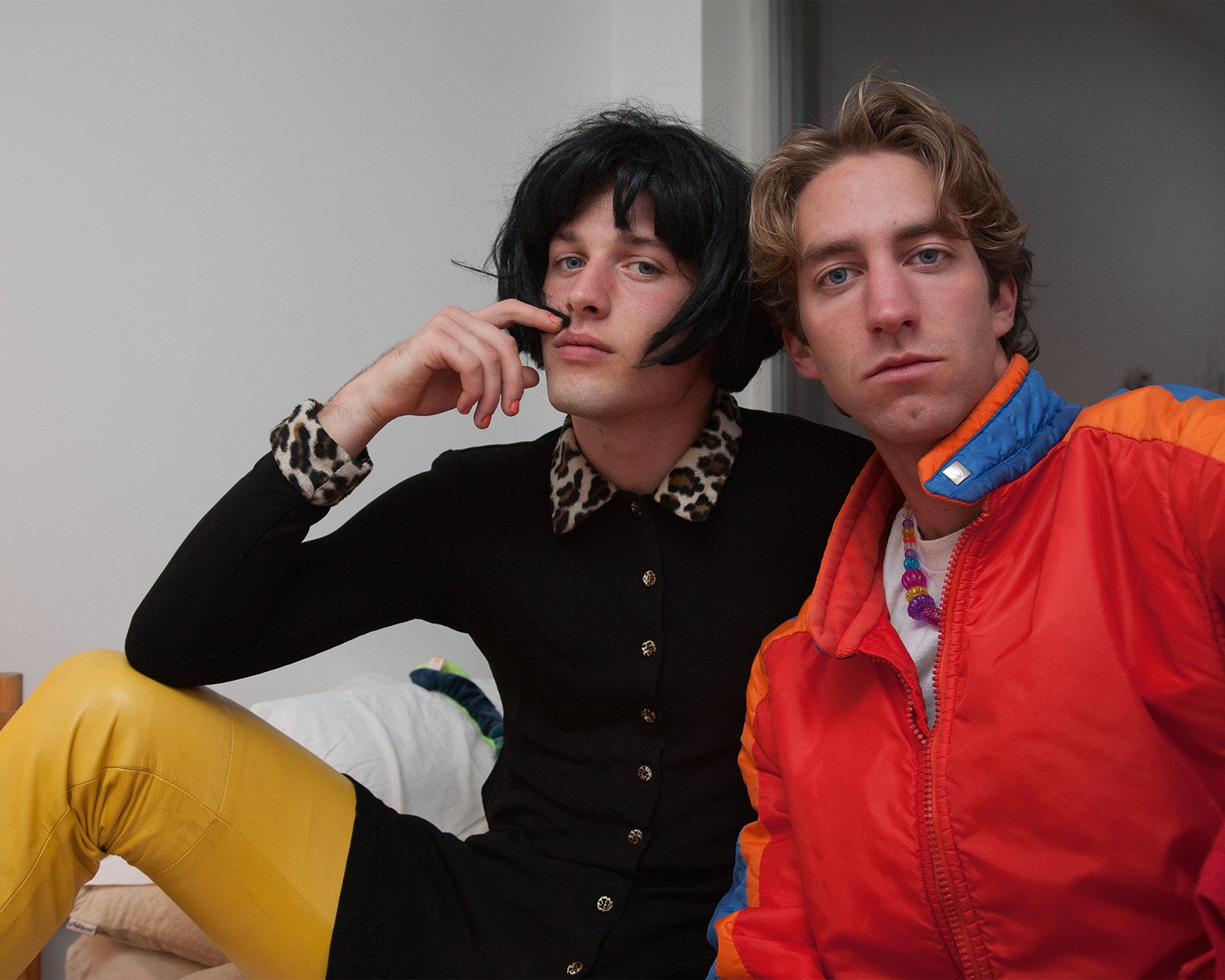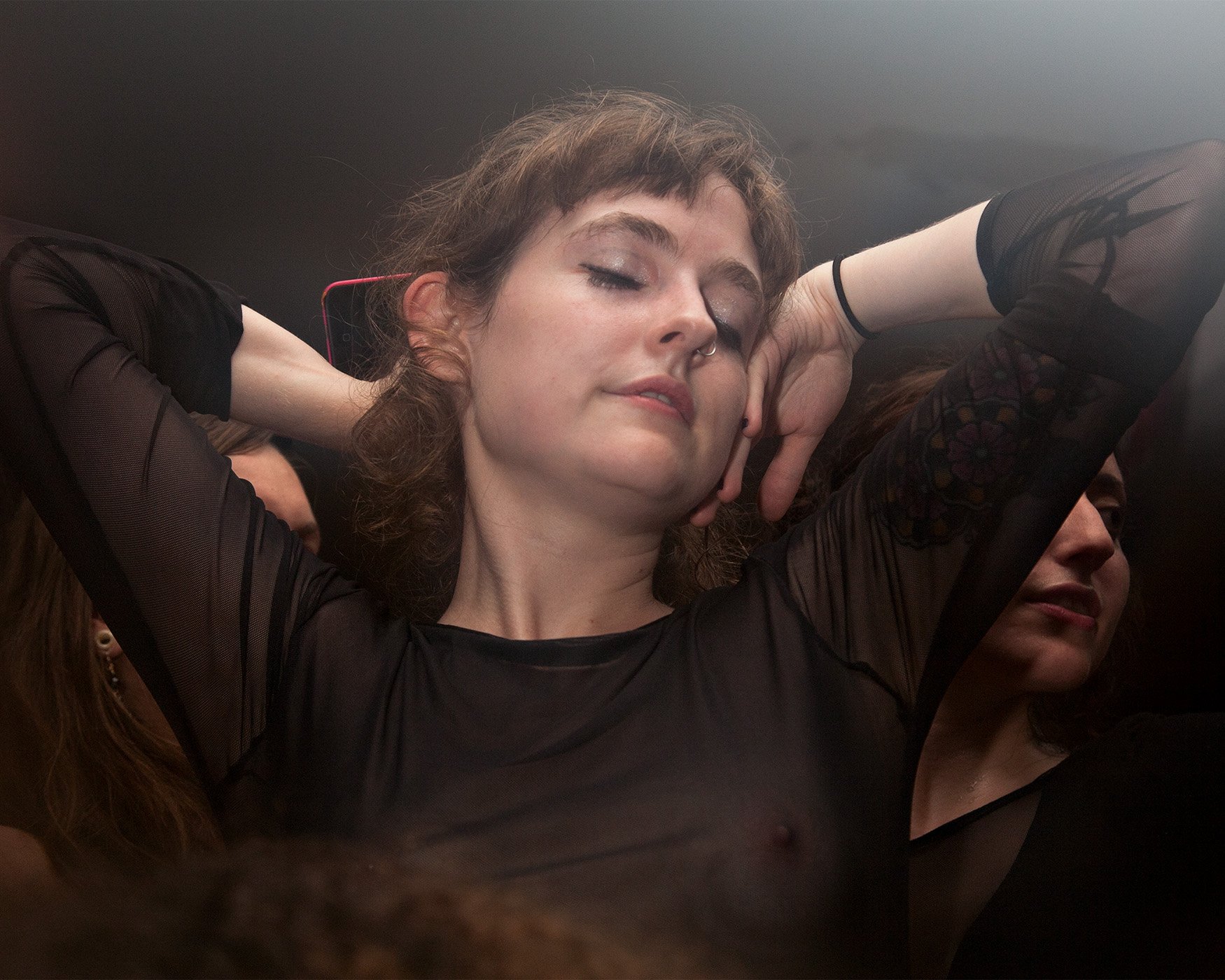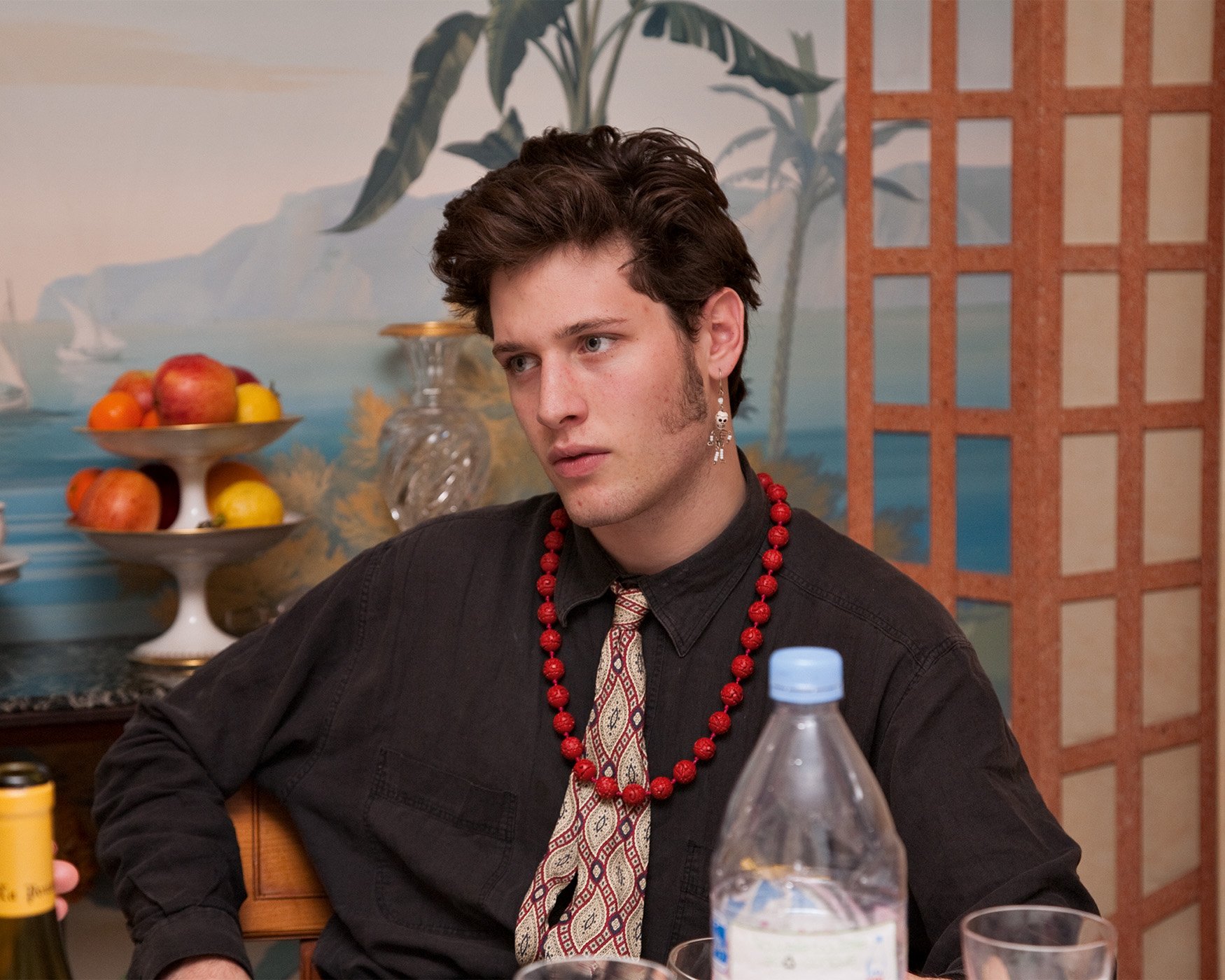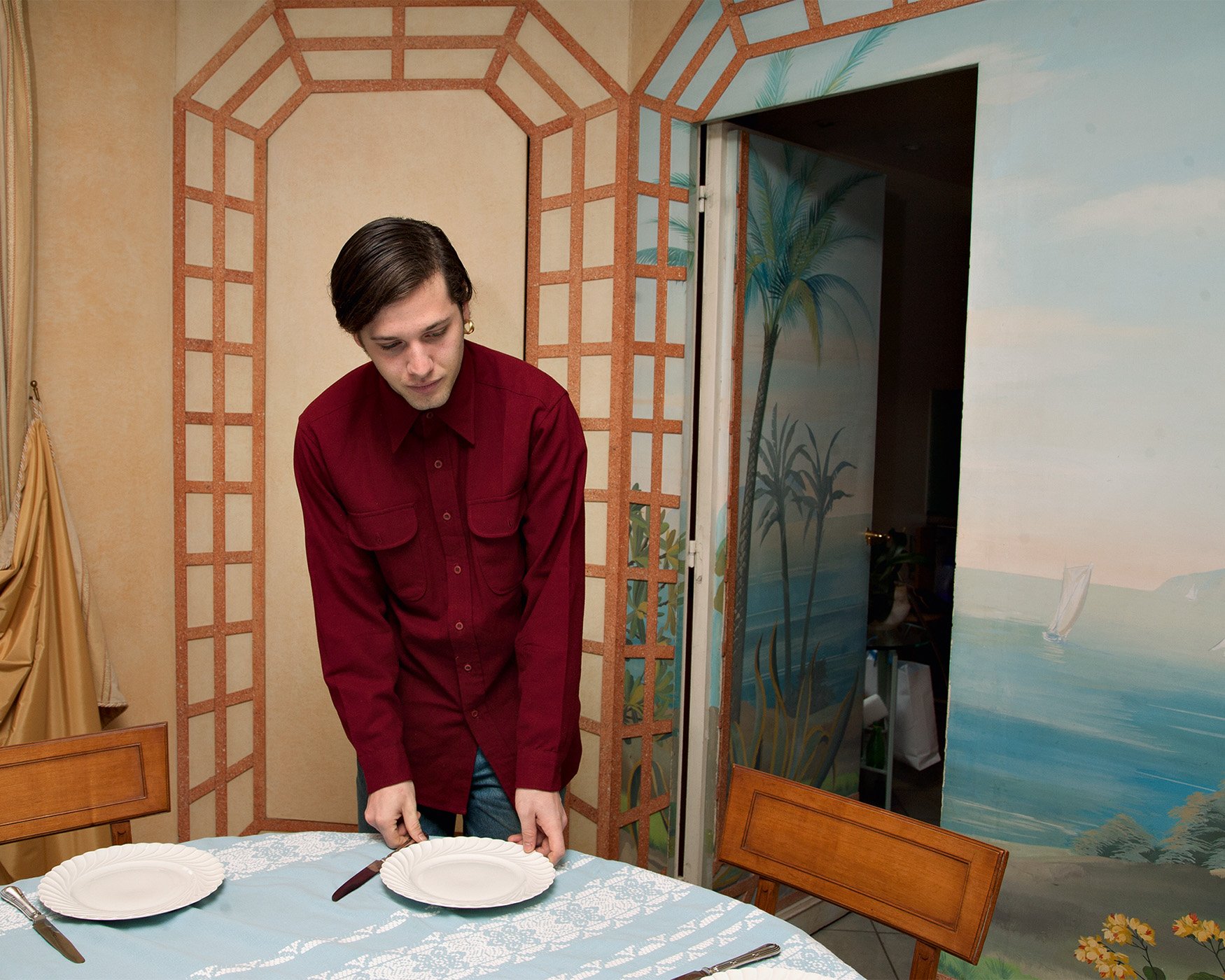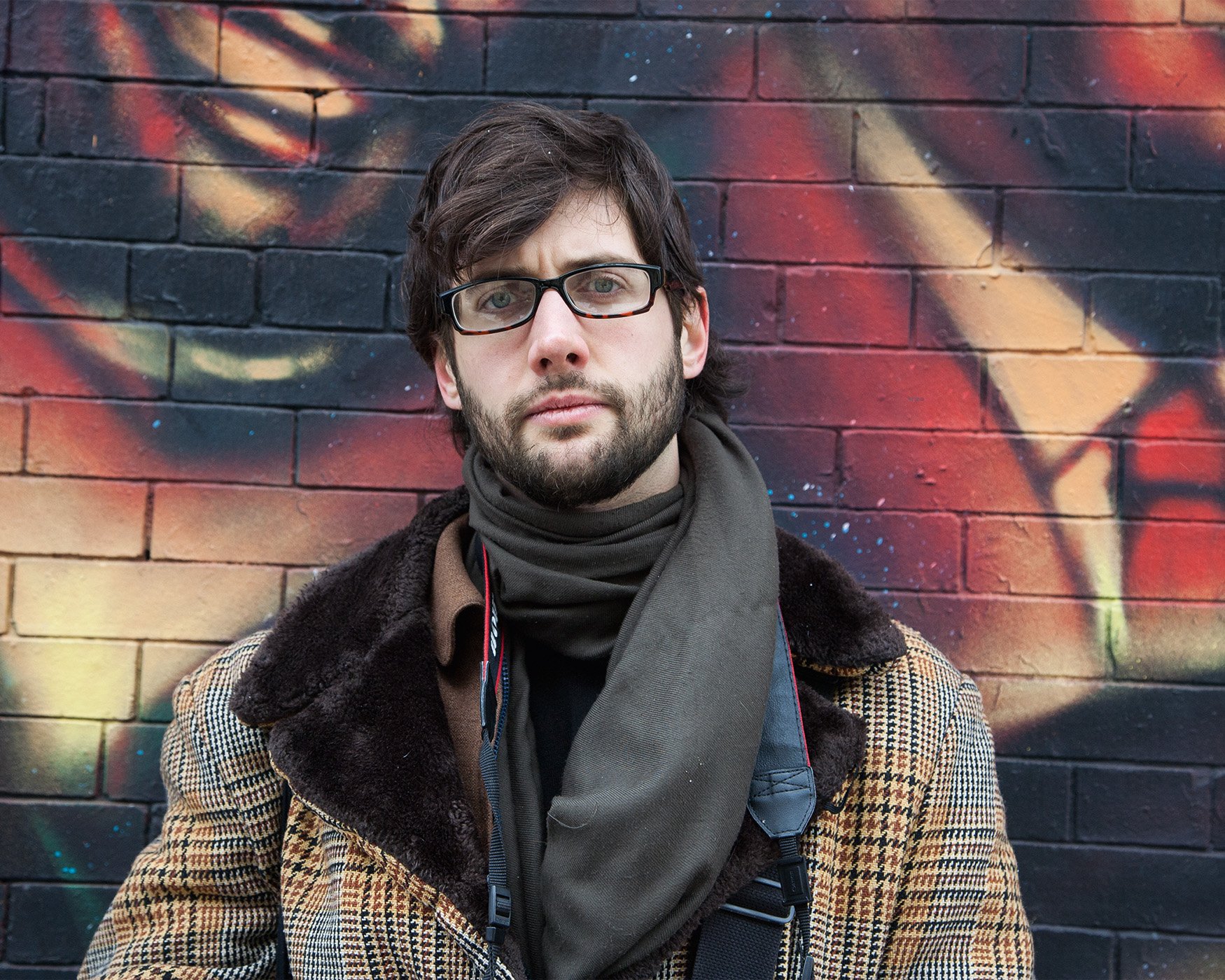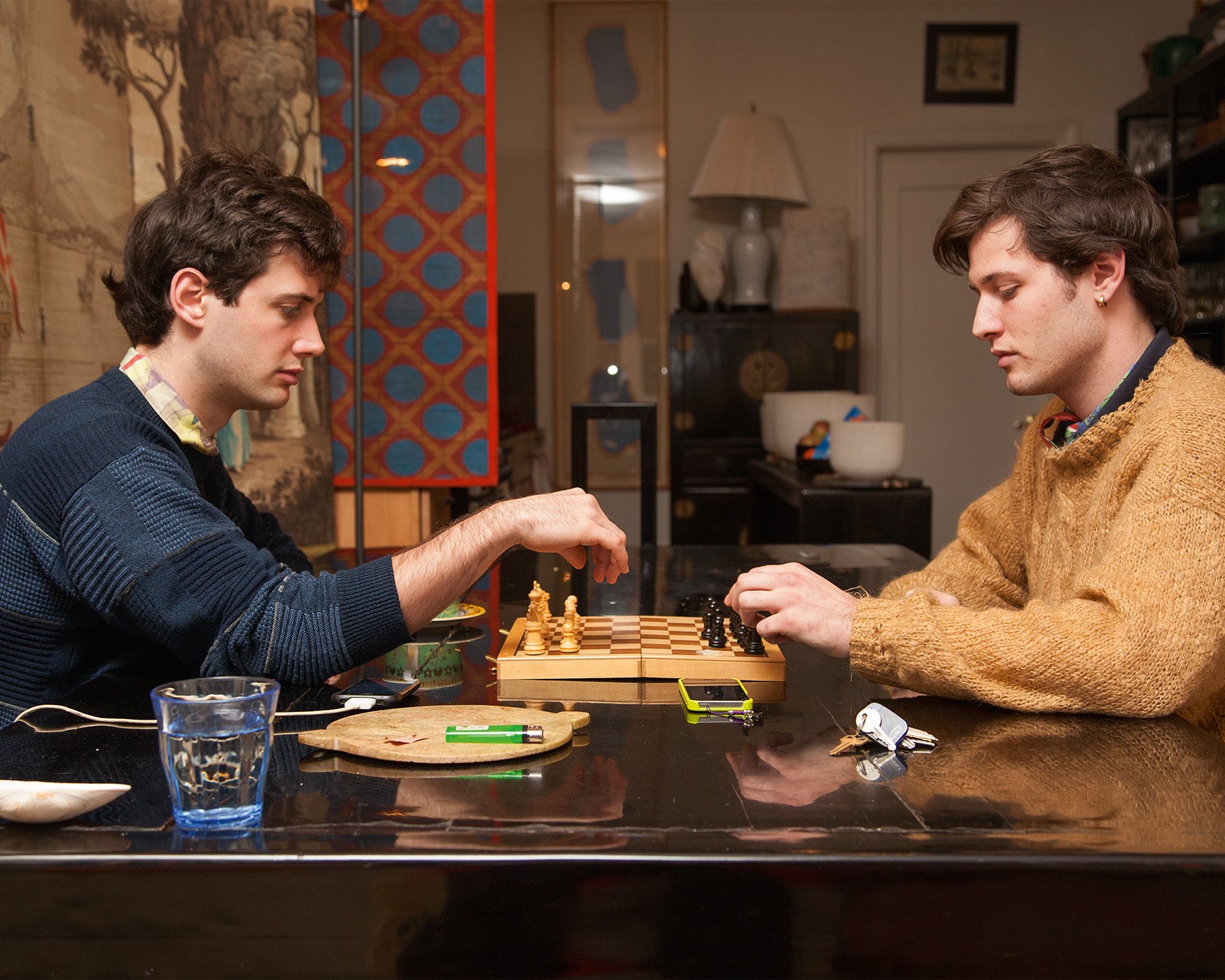"The Twenties" delves deeper into the intimate portraits of Fougeron's two sons and their circle of friends and family—a project begun in 2005. Nicolas and Adrien navigate their college years, explore their first vocations, develop more stable relationships, and eventually return home as emerging adults searching for their calling and social footing.
In 2005, Martine Fougeron began working on a series of portraits of her two teenage sons, Nicolas and Adrien. Fougeron had observed that there was little photographic work that portrayed adolescent boys, and the work that did exist typically portrayed dysfunction and despair. Through her sons, she saw that male adolescence was challenging but also extraordinary, with many moments of celebration, discovery and exuberance.
Fougeron set out to present a nuanced portrait of teenage life--one that included the inquisitive energy and fabulous dreams that she witnessed on a daily basis. As the project proceeded, and friends of her sons were drawn into the images, Teen Tribe evolved into something even more complex and insightful. While Fougeron deftly portrays the characteristics of teenage life that she initially set out to capture, she also gets at the compelling dichotomy of adolescence--the struggle to establish a distinct sense of self while closely bonding with a new tribe of friends, classmates and romantic interests. Through this series of portraits, Fougeron poignantly conveys a conflicted and remarkable period of transformation.
The series, which spans early teen years through beginning college, has received numerous awards, and the work has been included in many exhibitions and publications. A number of critics have noted and marveled at Fougeron’s ability to walk the extremely delicate line between parent and social observer. The images have the intimacy and loving eye that a mother might render, but they are also astute and sufficiently objective to give the work a sense of honesty.
Speaking on NPR, curator and critic Charlotte Cotton called it ‘one of the best biographical stories that photography has crafted in the 2000s,’ and New Yorker photo critic Vince Aletti said that ‘Fougeron’s pictures have a lovely looseness and spontaneity, but they never feel like snapshots. Color energizes the work and adds to its sensual undertow.’For the images themselves, Fougeron was inspired by conventions of cinema, as well as Dutch painting, particularly Vermeer’s mysterious domestic scenes.
Mutual Art, 2014.













